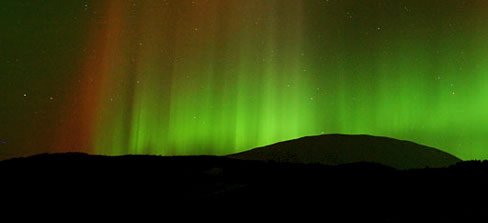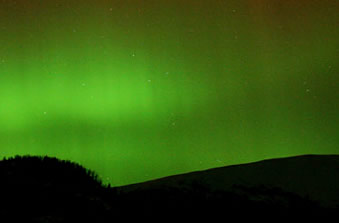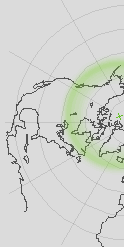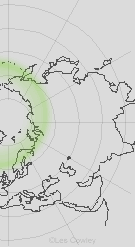
OPOD
What's New
Rays & Shadows
Water Droplets
Rainbows
Ice Halos
High Atmosphere
Nacreous Clouds
Noctilucent Clouds
Rocket Trails
Airglow
Aurora
Magnetism
Glowing Gases
More Images
Zodiacal Light
Links & Resources
Search - Index
123456789012345678
| Aurora, Northern Lights |
 |
||
 |
 |
|
| Aurora Borealis, Ørsta, Norway December 27, 2005 imaged by Geir Øye (site, aurora gallery). Tall curtains of colour silently shift and alter across the night sky. Their green base is somet 90-100 km (56-62 mile) high, the red extends much higher. Image ©Geir Øye, shown with permission. |
|
The aurora or 'Northern lights' is one of Nature’s greatest spectacles. A display might start as a few upward shafts of light almost imperceptible against a darkening twilight sky. The shafts then take form, they brighten into greens topped with reds, they join to make wide curtains, move and flicker, they disappear then quickly return again. The silence as they change is somehow more eerie than the lights themselves. Sometimes the display is confined to the north, in others reds and orange cover the whole sky. Aurorae are best seen for 2-3 hours around midnight although they can be visible from dusk to dawn. A moonless night well away from light pollution is ideal. They are most frequent and at their finest at high latitudes. Aurorae are concentrated in two giant ovals around* Earth’s magnetic poles. The northern pole is currently** in the high Canadian Actic and Canada, Northern USA and Northern Europe are well placed for bright displays. The auroral ovals enlarge during high activity and displays are then visible further south in England, Germany and mid latitude USA. Very exceptionally, aurorae are even seen in the tropics. Aurorae are produced by solar storms and are most frequent during the maxima of the 11 year solar activity cycle. The last maximum was 2000/1 and although we are now (2007) near minimum activity there are still plenty of aurorae to see. Solar disturbances take 2-3 days to reach Earth and aurorae are therefore to some extent predictable. For daily oval plots and aurora predictions see links.
|

